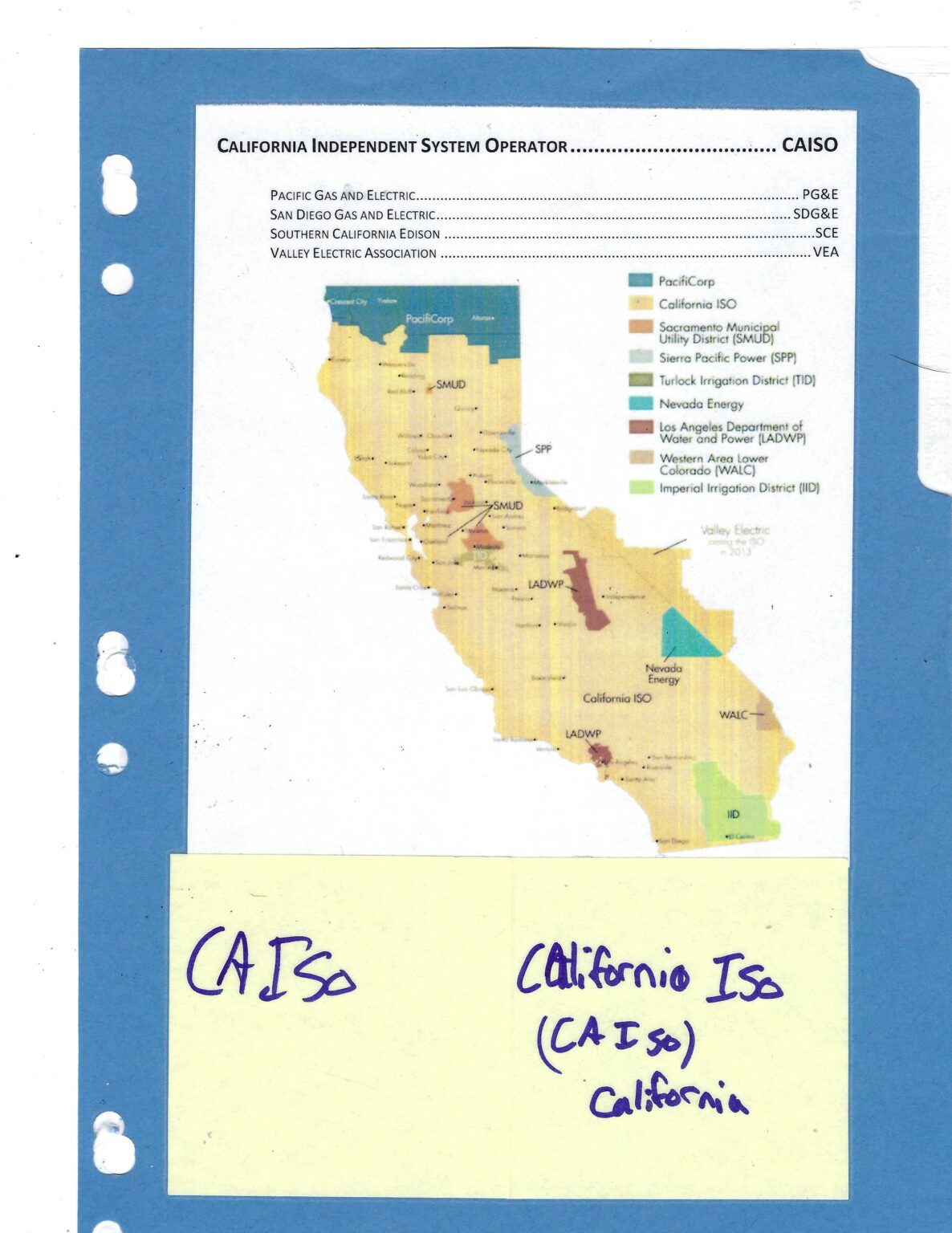

The plan would include a new monthly “grid participation charge” that would average an estimated $57 a month for solar customers. What’s scary about the plan? There’s a solar tax attached to it. What’s good about the plan? Schwarzenegger allows that the plan has some good features, like creating funds to encourage homeowners and businesses with solar to add batteries for storage and to help bring solar power to poor and polluted communities. Roughly two-thirds of those rooftops are on houses and businesses the rest are on government buildings. How many solar rooftops does California currently have? The state now has 1.3 million solar rooftops generating roughly 10,000 megawatts of electricity - enough to power three million homes. What did Schwarzenegger do for California solar when he was governor? The state set out to put solar panels on one million roofs across the state. His position? “It should be stopped in its tracks.” Schwarzenegger insists that adding a tax and removing incentives will hurt the solar market and fail to help society’s most vulnerable. But this “hard-earned and vitally important accomplishment” may succumb as the Commission considers a plan that has the potential to make California solar too costly for its citizens. What’s the problem, then? The California Public Utilities Commission is threatening solar progress. In an opinion piece for the New York Times this week, Schwarzenegger has unpacked a new California Public Utilities Commission proposal which, if approved, would discourage progress being made in the transition to clean energy and grid resilience. However, former California governor Arnold Schwarzenegger has expressed concerns that California solar - once the model for other US states - is on a precipice.


It is also first in terms of the percentage of the state’s electricity coming from solar, and third for solar power capacity per capita. California has more rooftops with solar panels than any other state and continues to be a leader in new installations.


 0 kommentar(er)
0 kommentar(er)
